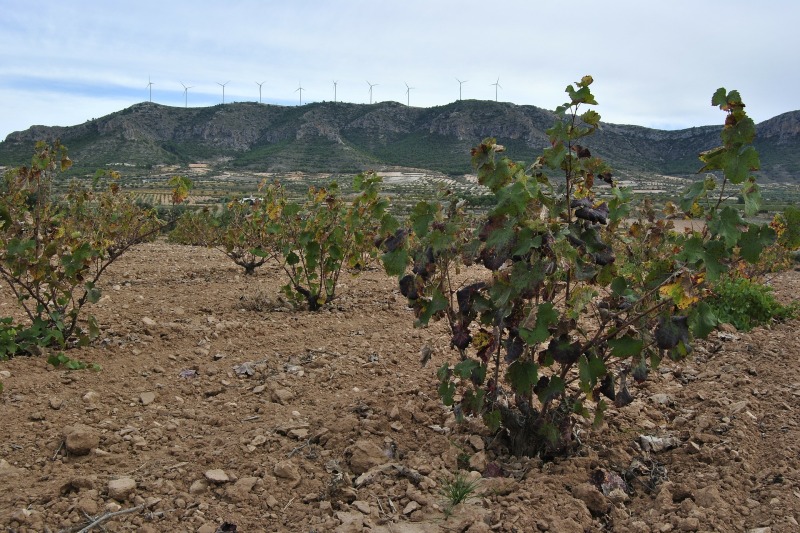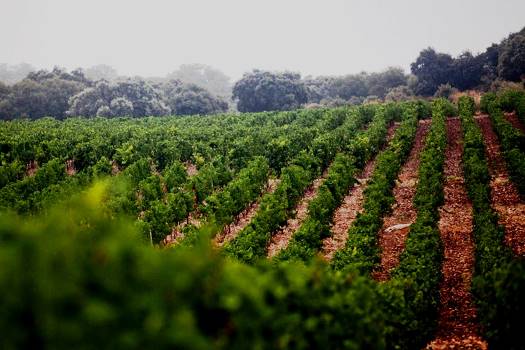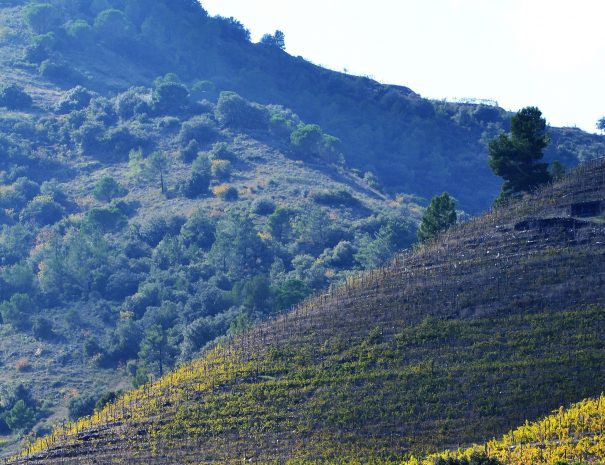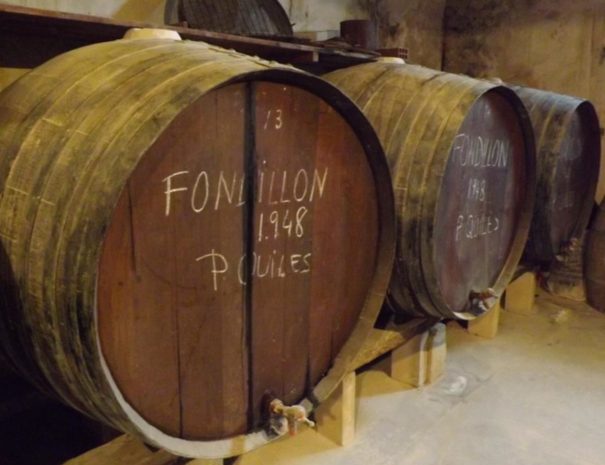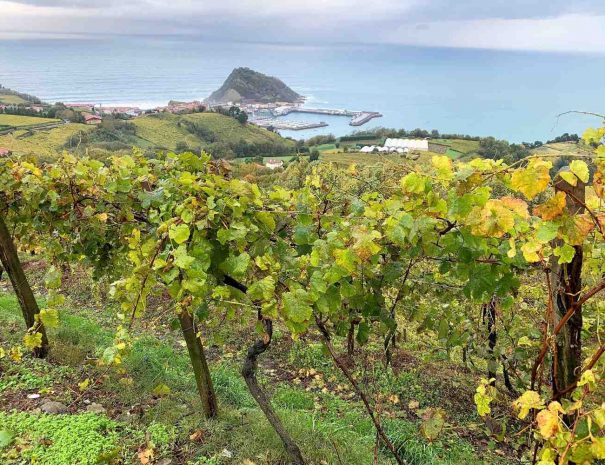
Txacoli wines – Basque country
Txacoli is the typical white wine you will be able to taste in the Northern Spain in the Basque Country. These wines have evolved a lot in recent years and are a perfect match for many seafood and fish dishes … Read More

